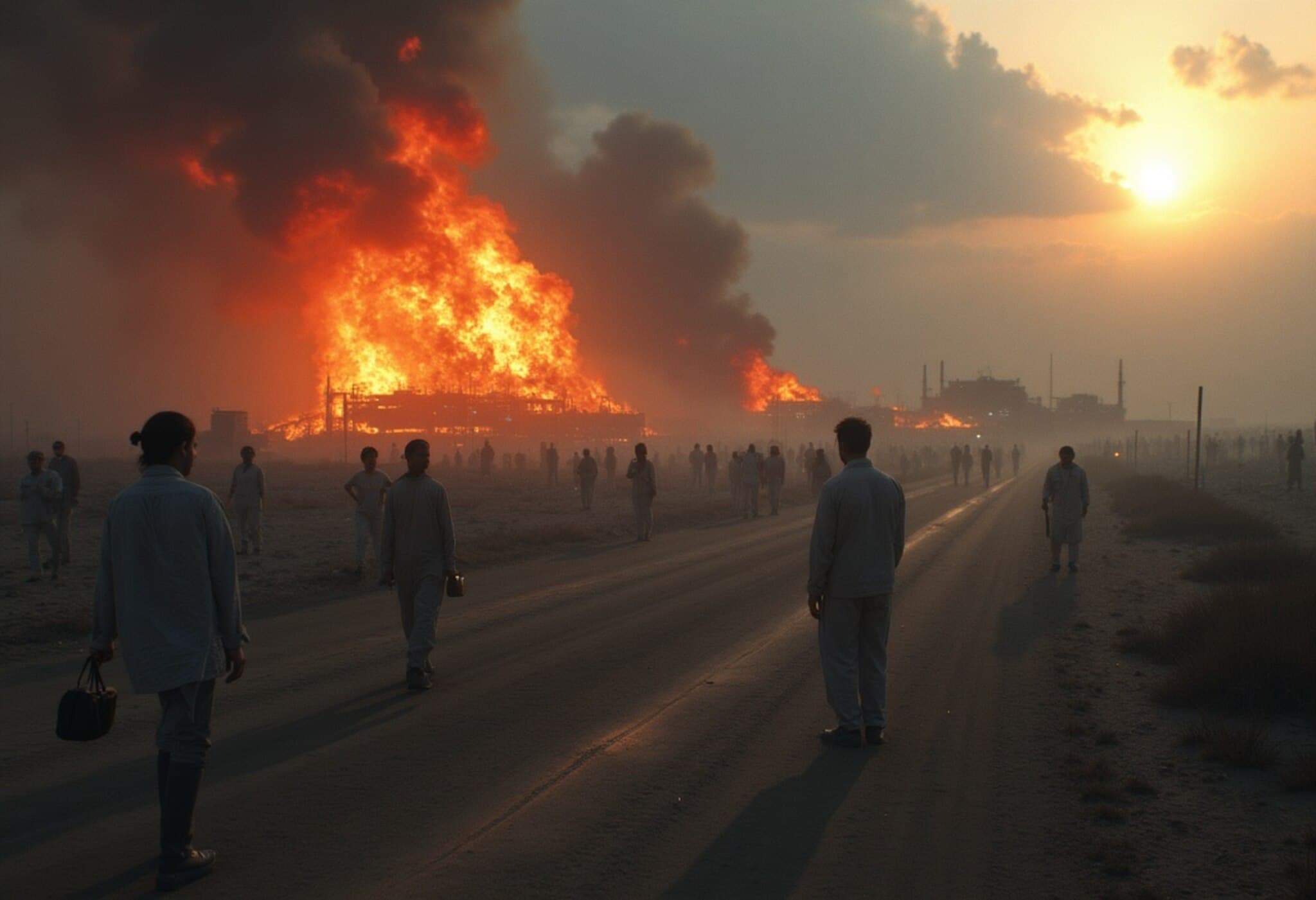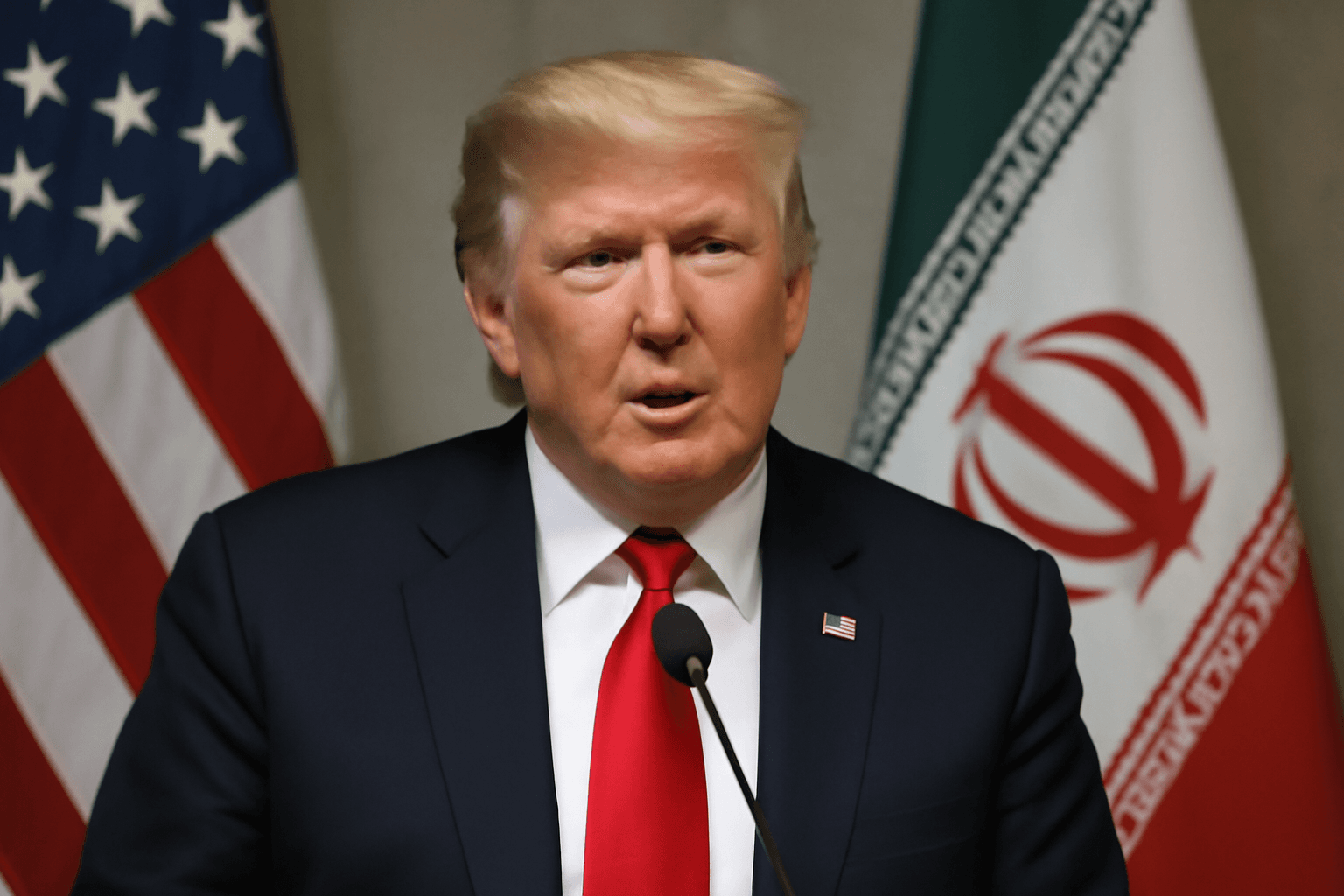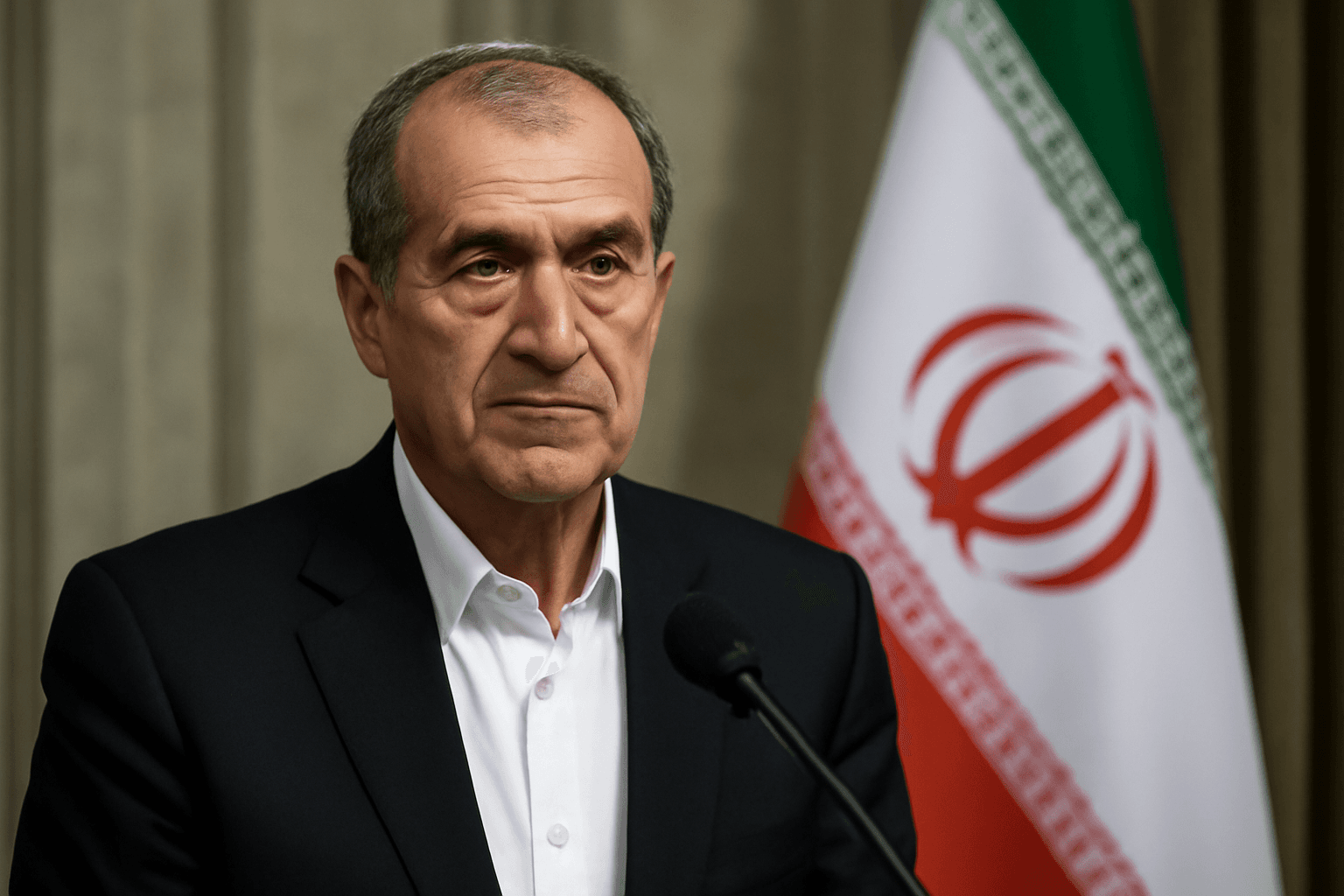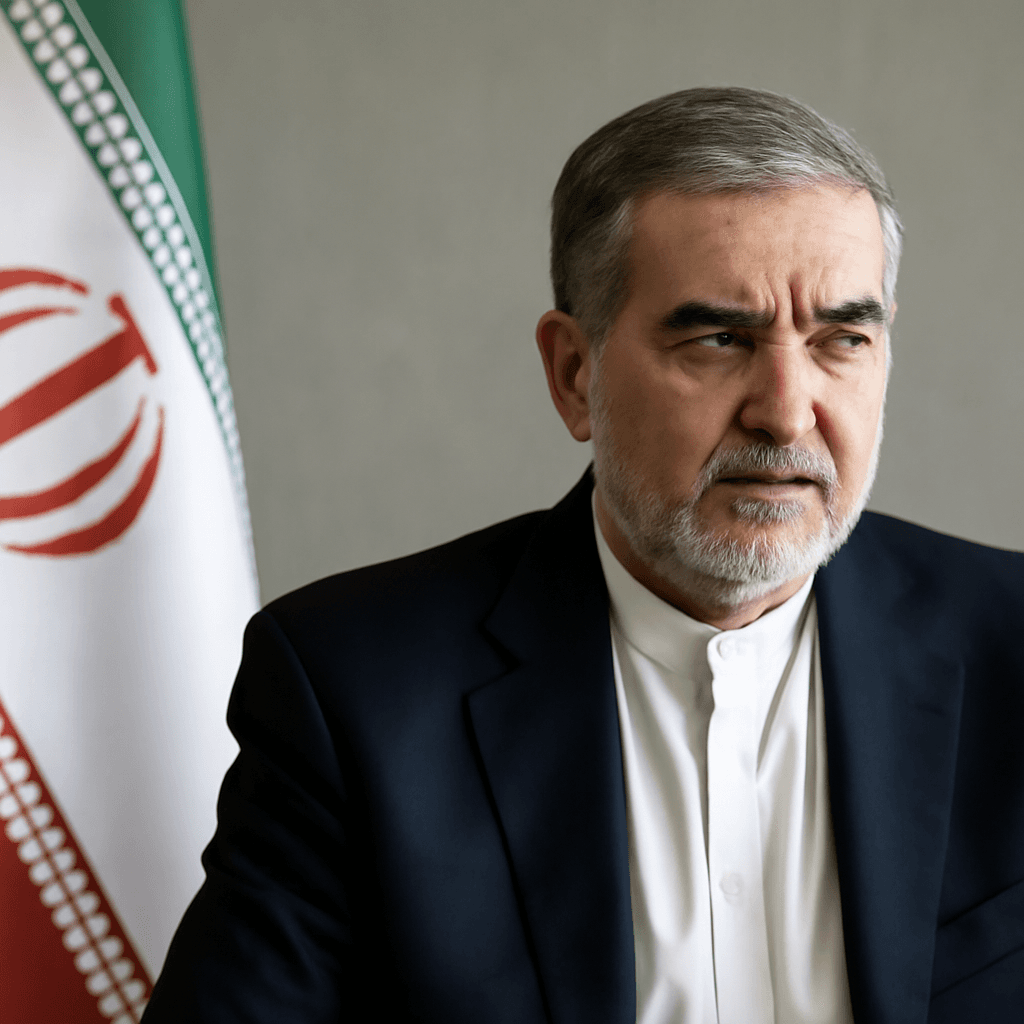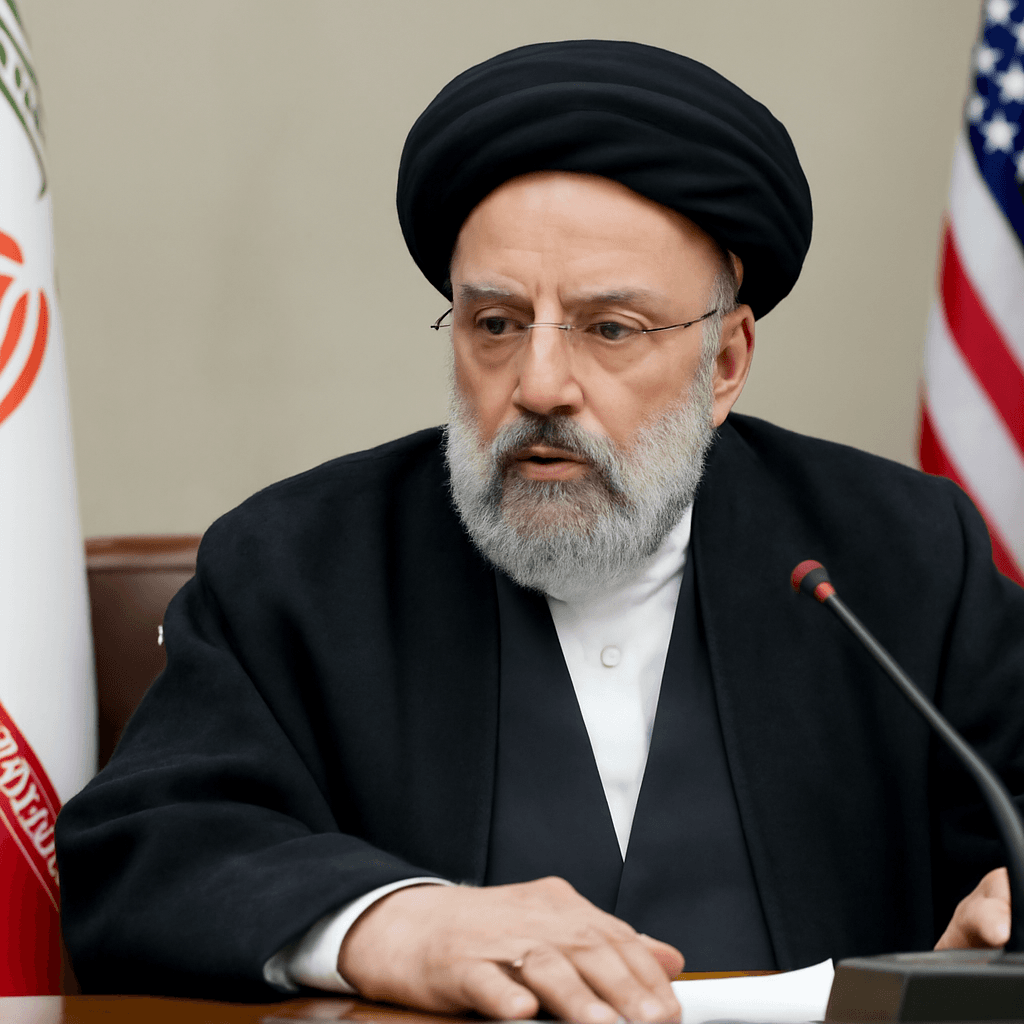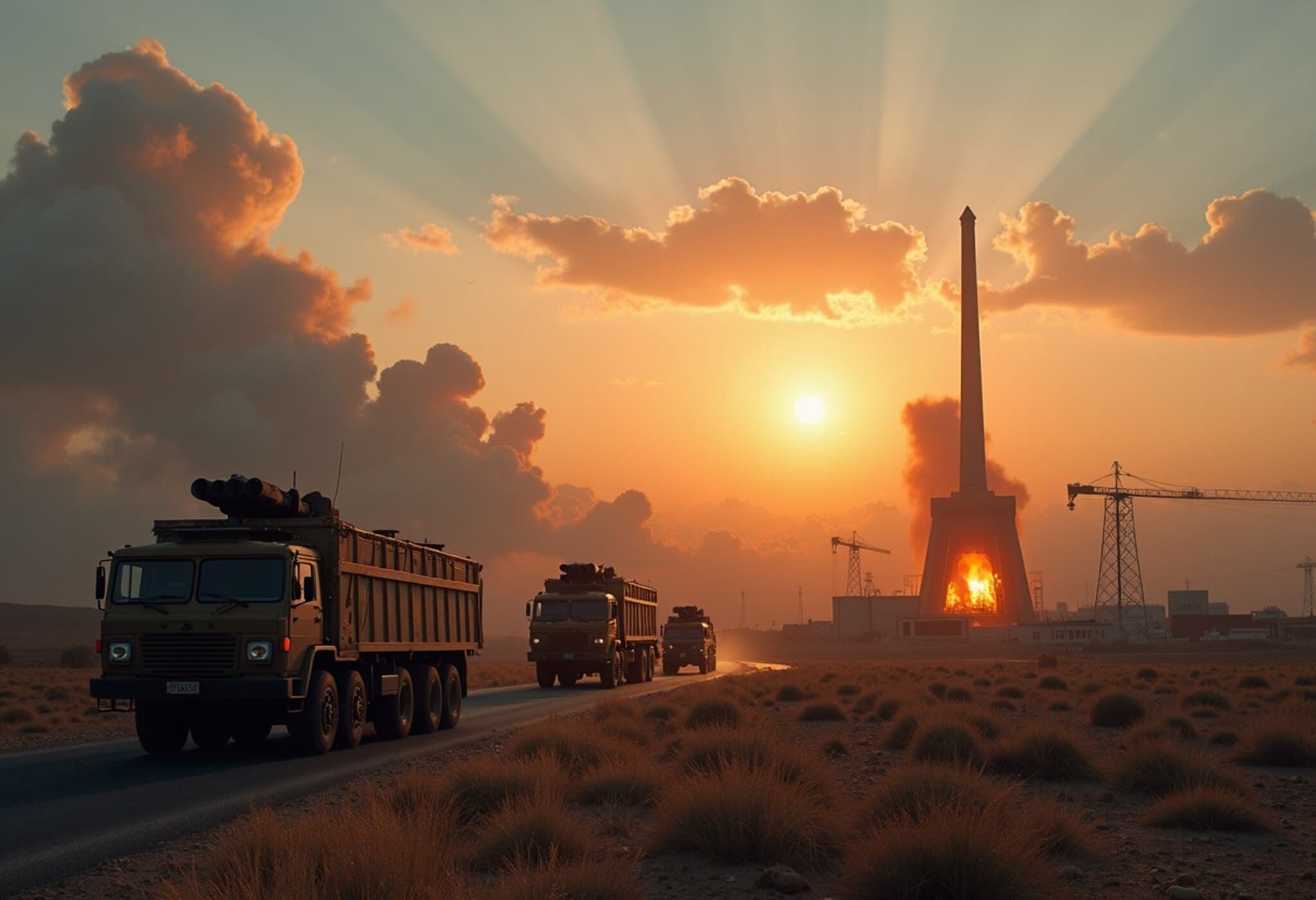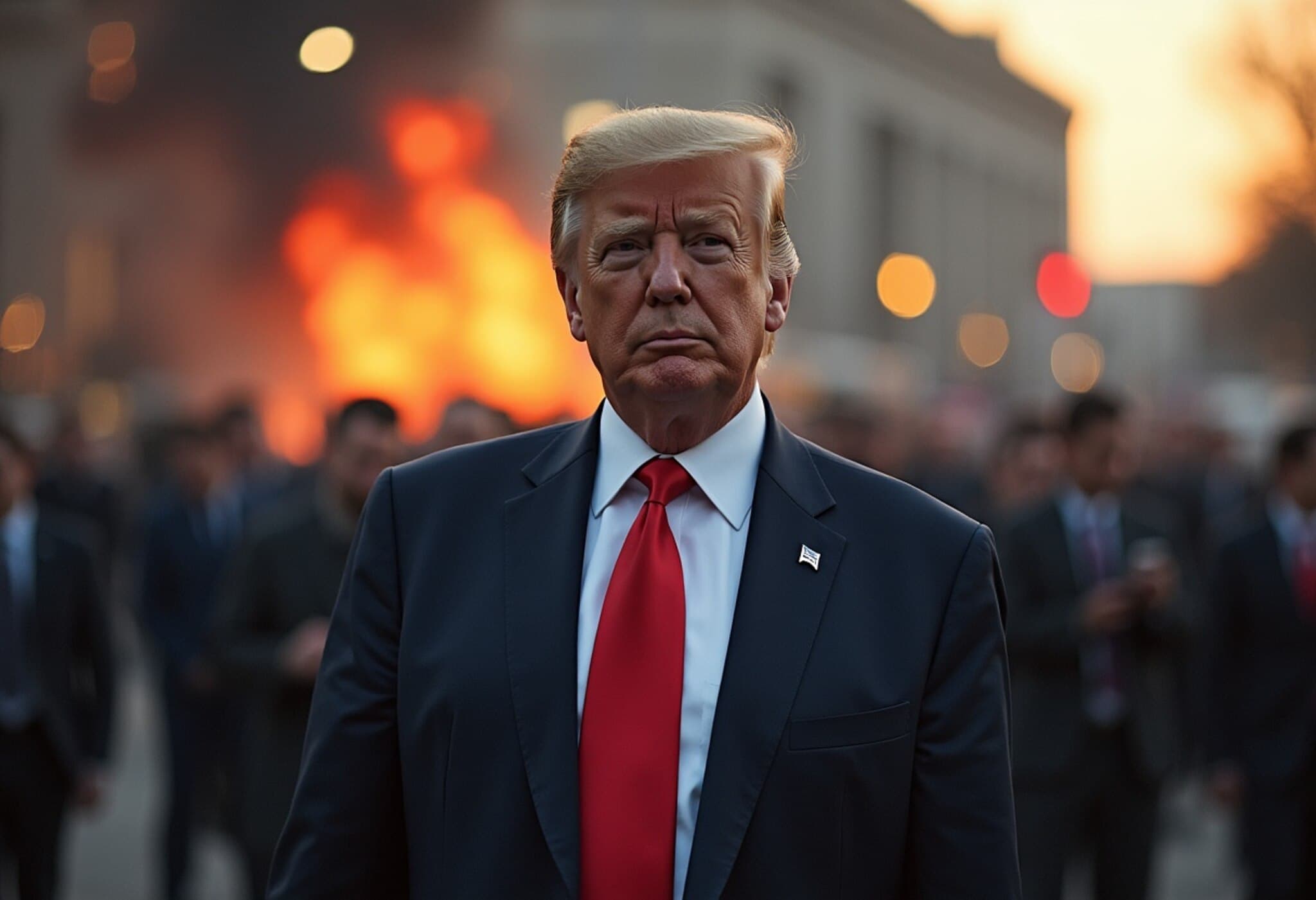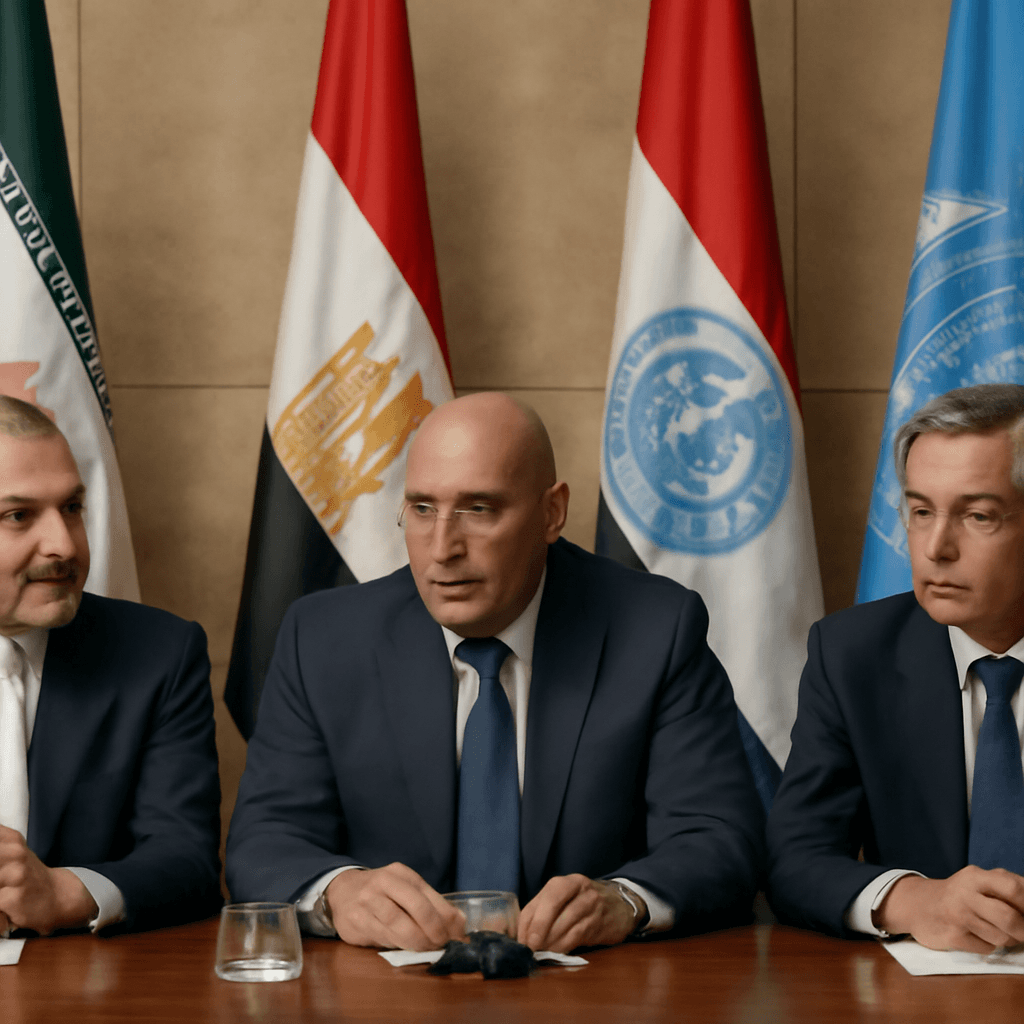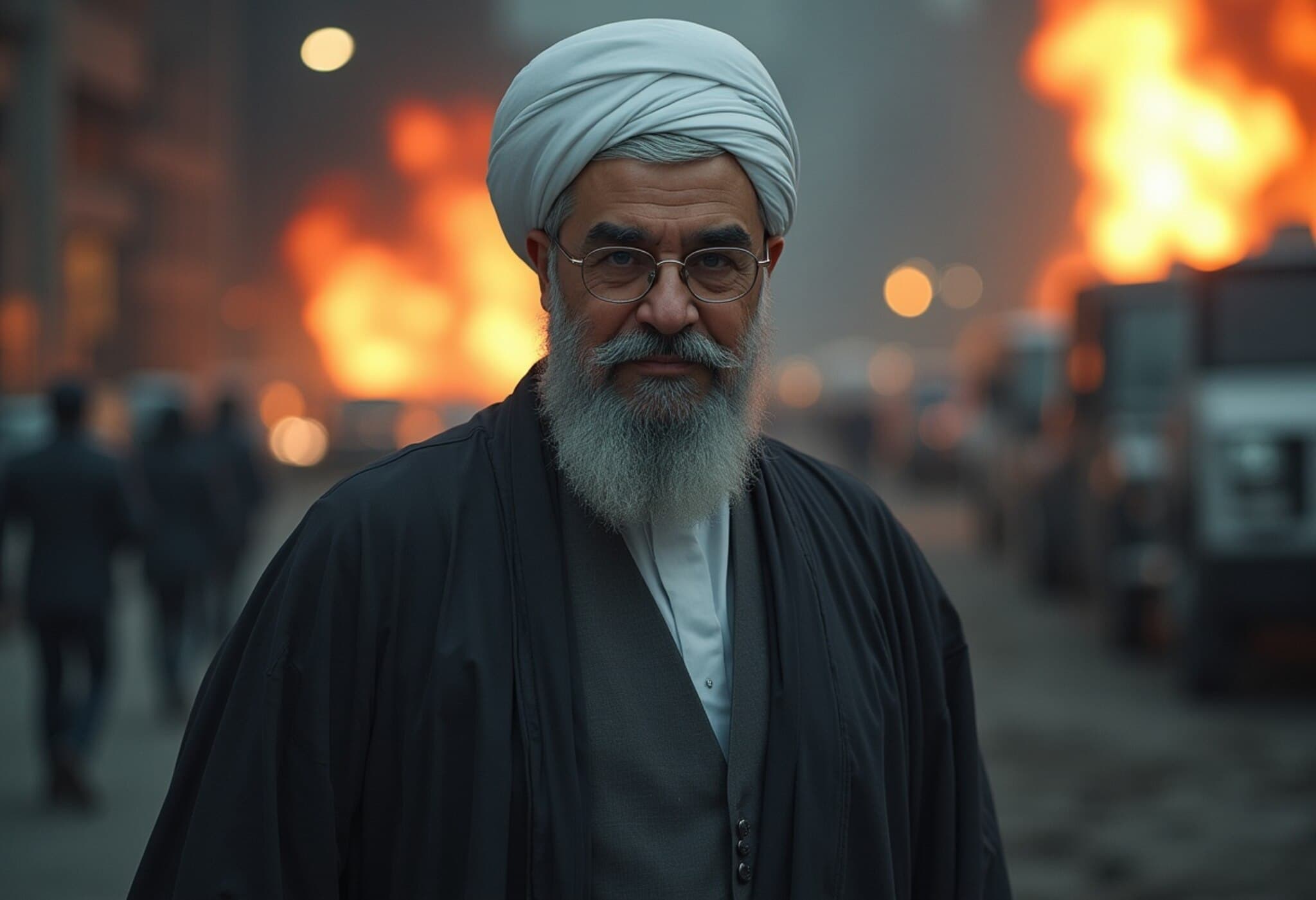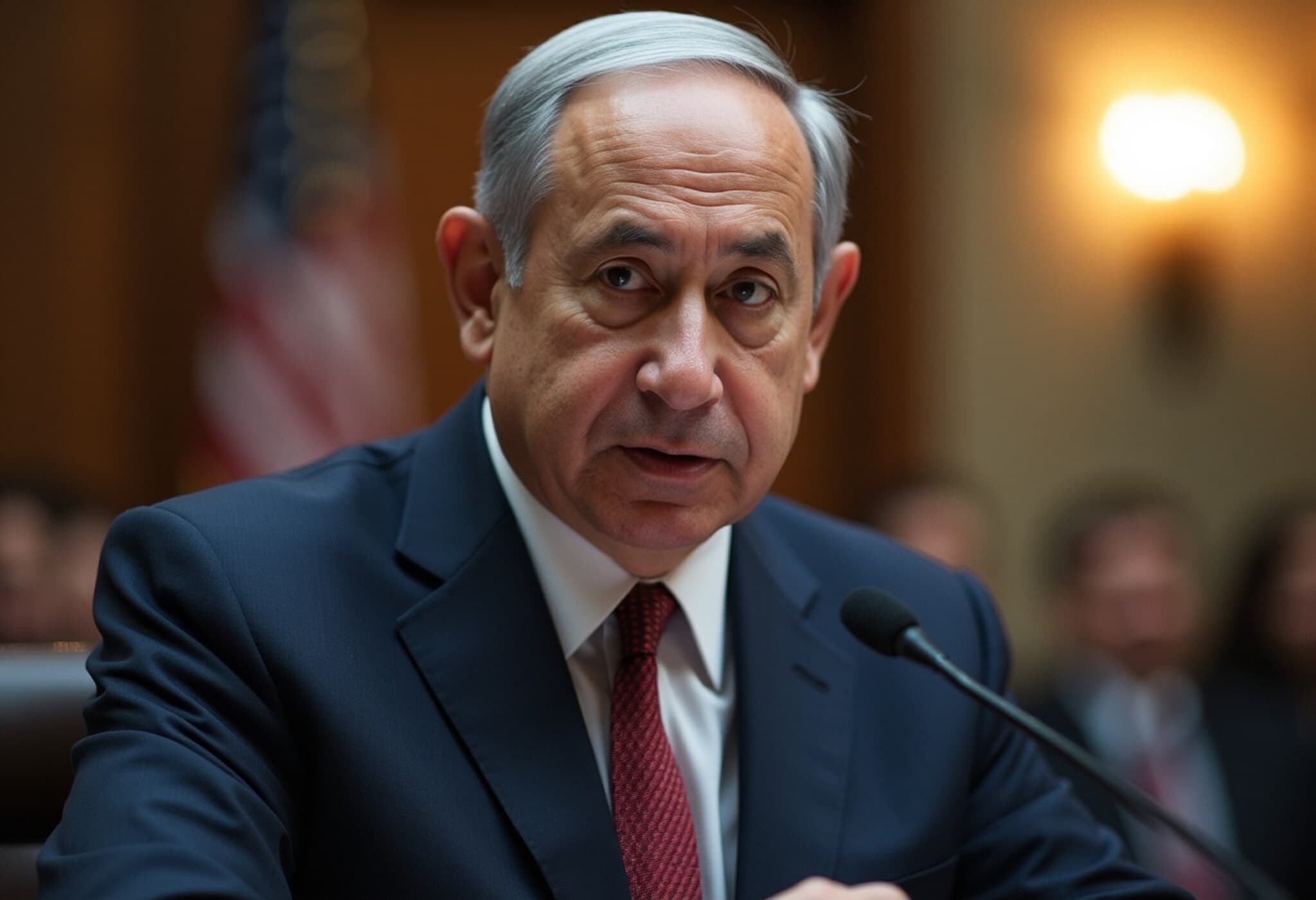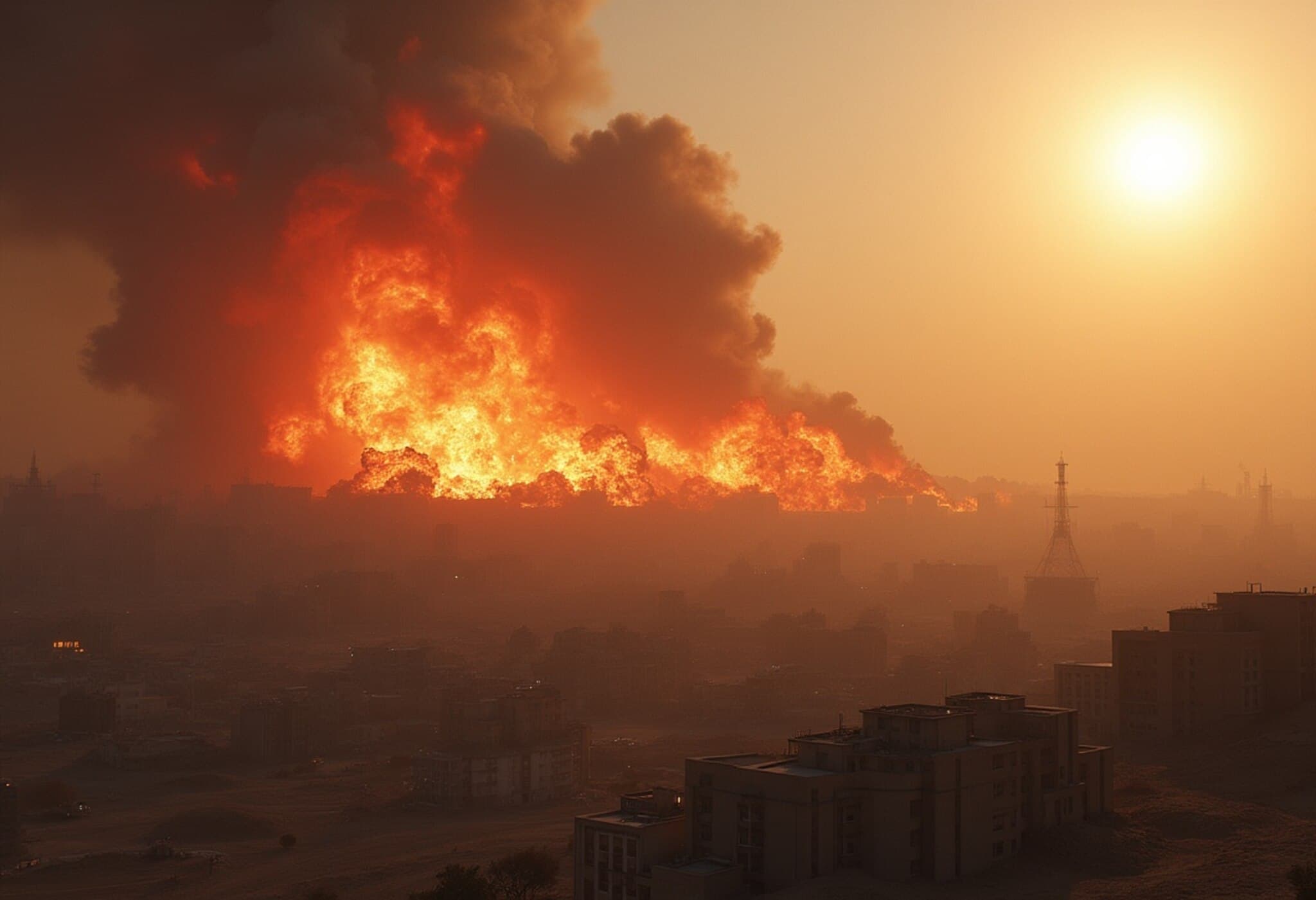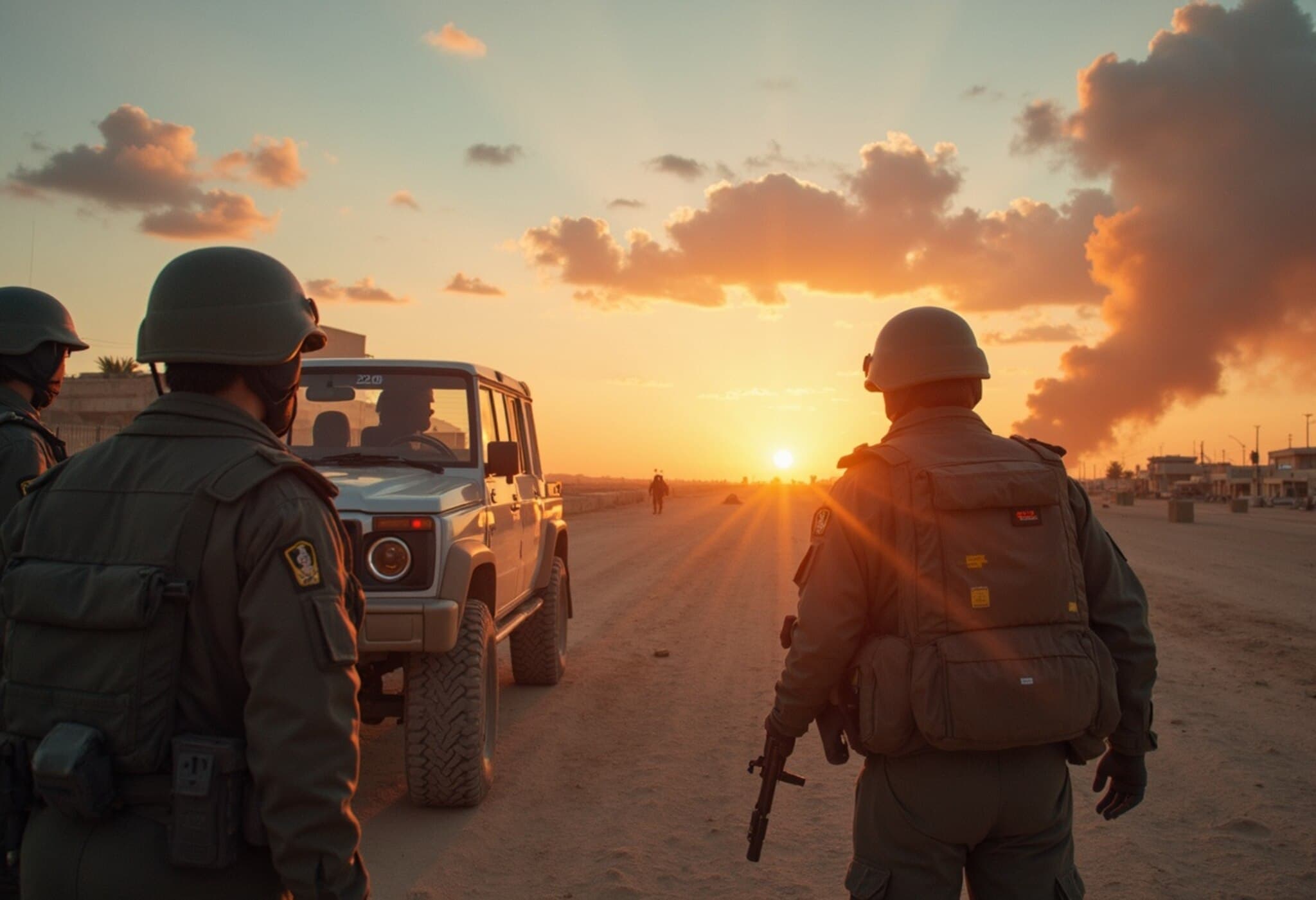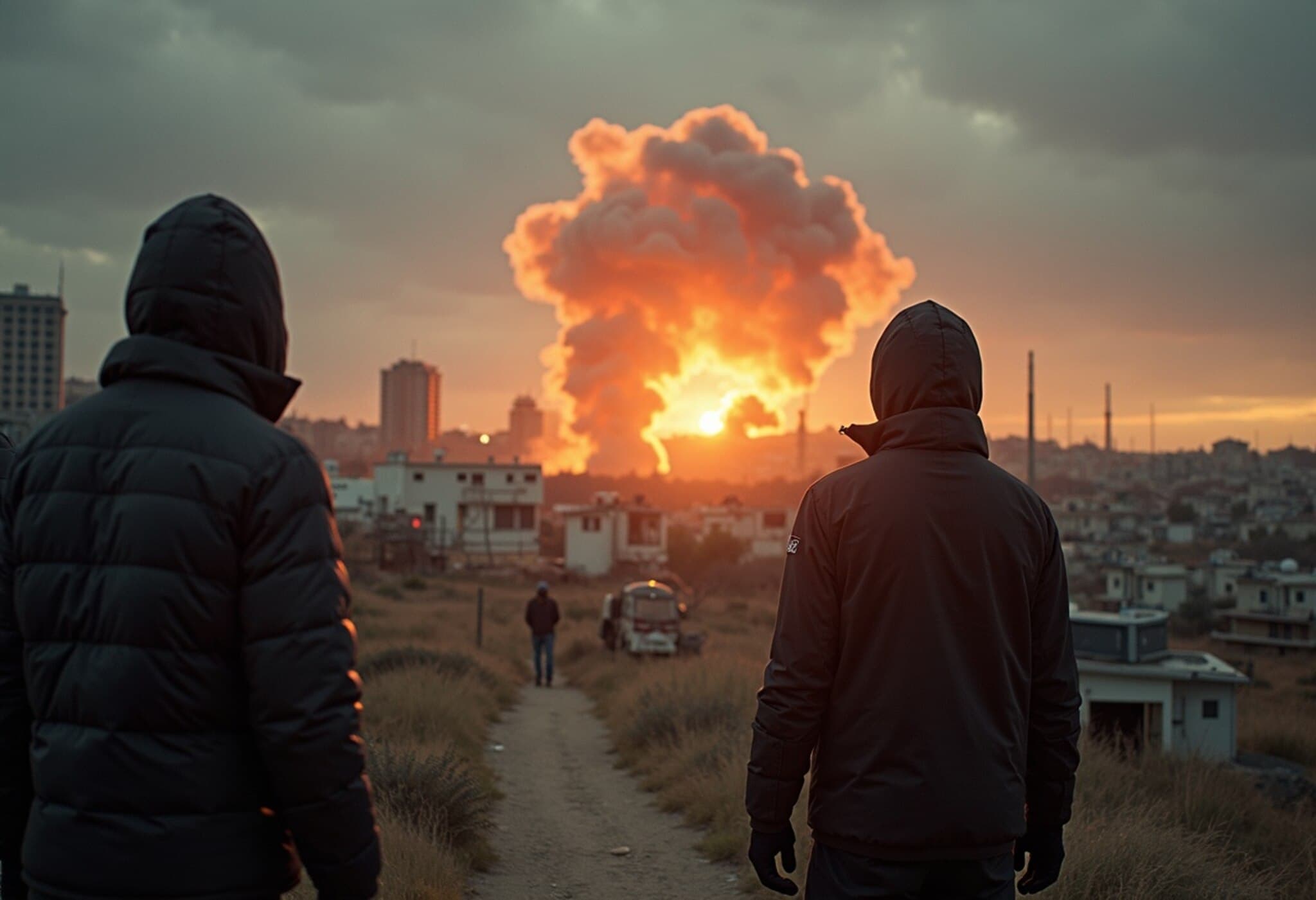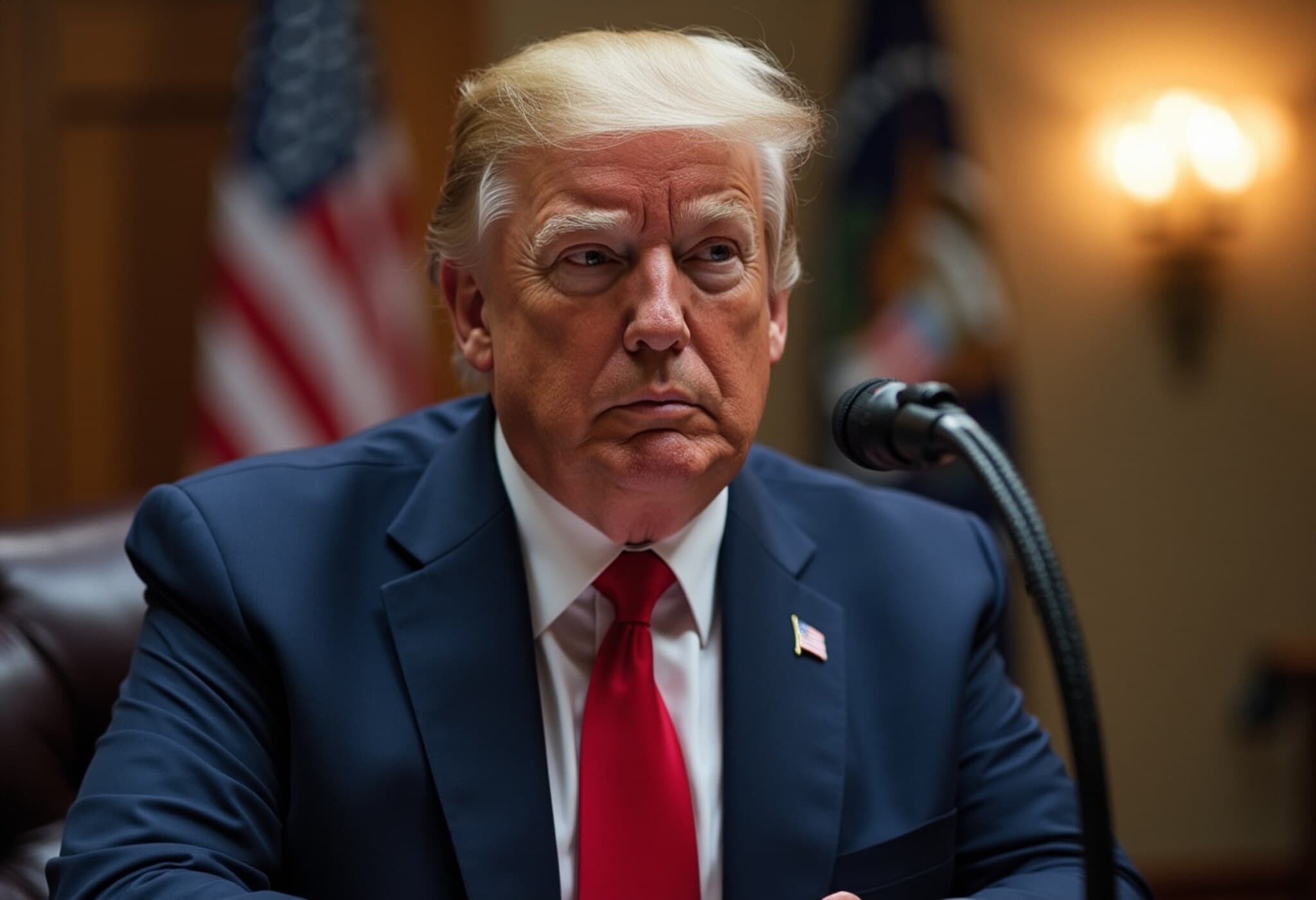The Origins of Iran's Nuclear Program
Iran's journey into nuclear technology traces back to the 1960s under the United States' Atoms for Peace initiative, spearheaded by President Dwight D. Eisenhower. Designed to promote peaceful uses of nuclear energy among allied nations, this program facilitated the installation of the Tehran Research Reactor and offered extensive training opportunities for Iranian scientists, including at prestigious institutions like MIT.
A Strategic Alliance with a Modernizing Iran
During this era, Iran was led by the Shah, a secular and Western-leaning figure eager to modernize his country. The U.S. welcomed this partnership, viewing it as a way to extend its influence, counter Soviet expansion, and highlight the positive potential of nuclear technology.
Support came not only from the U.S. but also European allies, with France and Germany entering into multibillion-dollar agreements to develop Iran’s nuclear infrastructure. Public messaging in the U.S. even celebrated the Shah's responsible nuclear ambitions.
Shifting Tides: Growing Concerns and Rising Ambitions
Despite the outward optimism, Washington’s intelligence community grew increasingly wary, particularly of Iran’s insistence on uranium enrichment—a process permitted under the Nuclear Nonproliferation Treaty (NPT) but one that carried dual-use concerns. By the late 1970s, U.S. officials attempted to rein in Iran's nuclear autonomy through contract adjustments and fuel supply restrictions.
Yet by then, Iran’s nuclear infrastructure was deeply entrenched, laying the groundwork for future developments.
The 1979 Islamic Revolution’s Impact
The seismic political upheaval of the 1979 Islamic Revolution shattered the alliance between the U.S. and Iran. The Shah was overthrown, replaced by a clerical regime deeply antagonistic towards the U.S. Initially, the new leadership showed little interest in continuing the expensive, Western-built nuclear program.
However, during the brutal Iran-Iraq War of the 1980s, which included the use of chemical weapons and wrought devastating losses, Tehran reevaluated its defense priorities. Nuclear capability increasingly appeared less a symbolic pursuit and more a vital deterrent—albeit one the U.S. was no longer willing to supply.
Pakistan’s Role and the Expansion of Iran’s Nuclear Capabilities
Turning away from the West, Iran sought assistance from Pakistan. There, Abdul Qadeer Khan—the architect of Pakistan’s nuclear arsenal—provided crucial designs and components for uranium enrichment centrifuges. This transfer, involving technology originally developed in Europe and obtained without authorization, equipped Iran with tangible means for advancing its nuclear weaponization efforts.
Importantly, analysts recognize that the foundational knowledge and infrastructure which allowed Iran to capitalize on this assistance were initially fostered by U.S. policies decades prior.
From Discovery to Crisis: The International Response
By the early 2000s, revelations about Iran’s secret uranium enrichment facilities shocked the global community. Tehran maintained that its activities complied with its rights under the NPT, but Western powers remained skeptical.
This impasse escalated into a cycle of sanctions, covert operations, and diplomatic standoffs. The 2015 nuclear agreement sought to curtail Iran's program temporarily, yet the U.S. withdrawal from the deal in 2018 reignited tensions, fueling a renewed push by Iran towards expanding its nuclear capabilities.
The Irony of the Legacy
In a historical twist, the very expertise, infrastructure, and encouragement originally provided by the United States to promote peaceful nuclear development have, over time, morphed into the foundation for a contentious and proliferating nuclear program now viewed as a security threat.
Key takeaways:
- 1960s: U.S.-led Atoms for Peace program initiates Iran’s nuclear development.
- 1970s: Iran pursues nuclear power with Western support; concerns grow over uranium enrichment.
- 1979: Islamic Revolution halts cooperation and deteriorates relations.
- 1980s: War prompts Iran to seek nuclear deterrence; Pakistan supplies critical technology.
- 2000s onward: International disputes and sanctions follow Iran’s covert enrichment activities.

